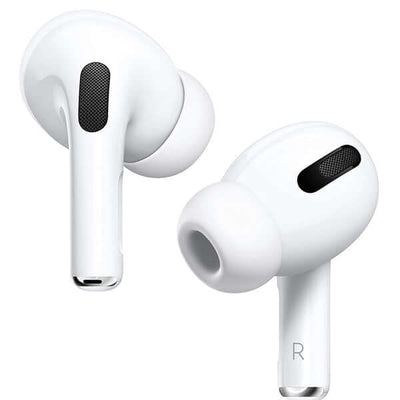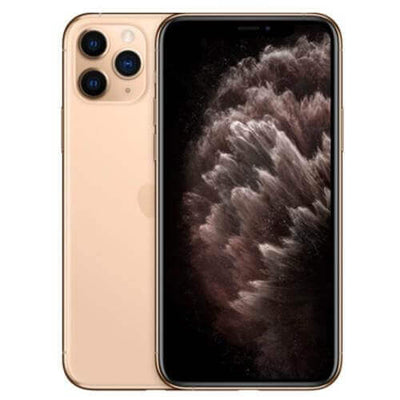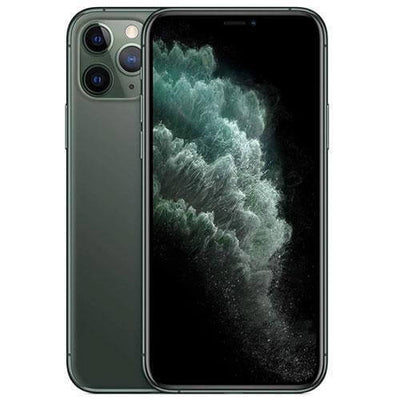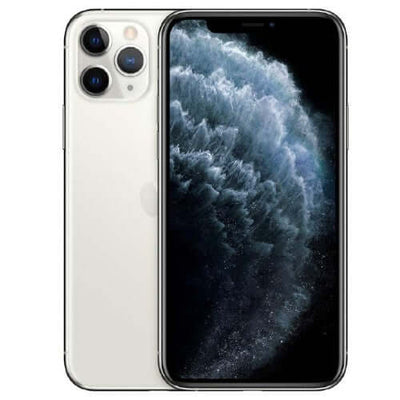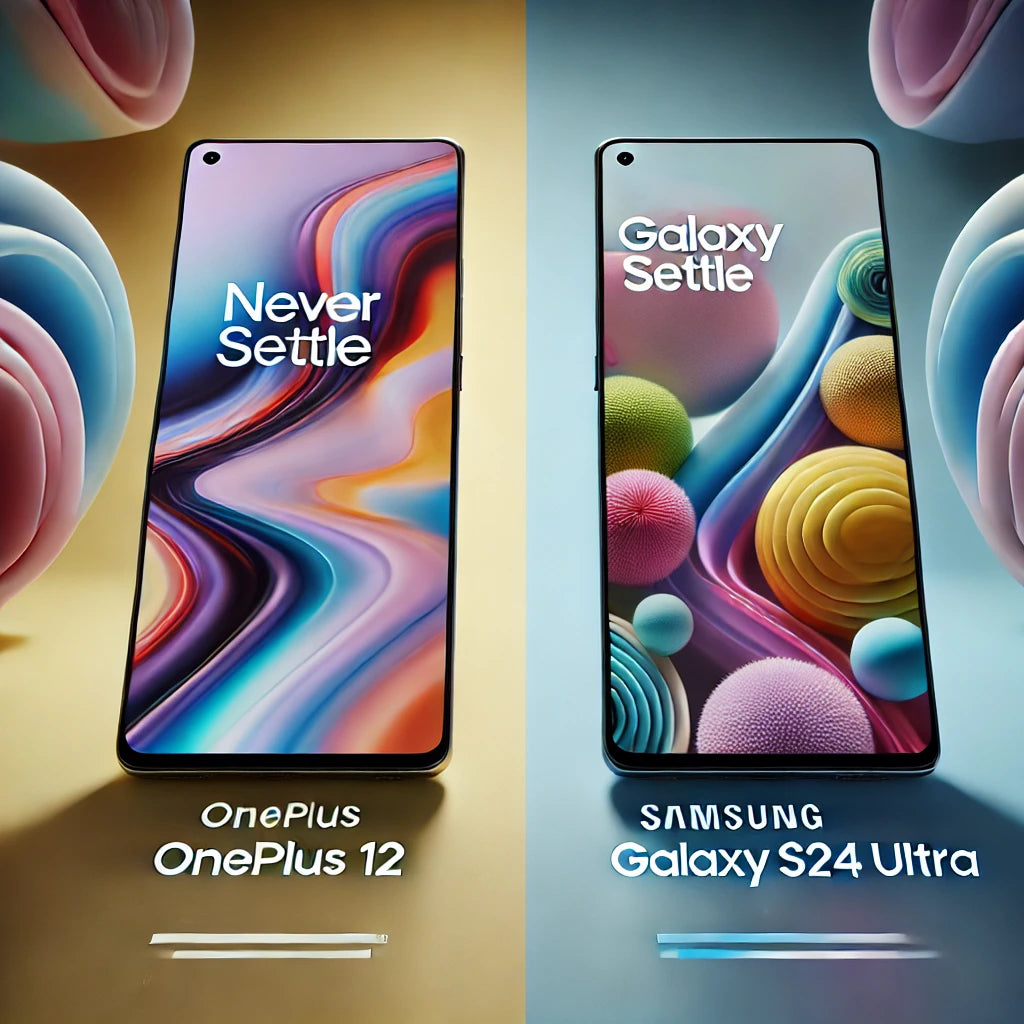Display Showdown: Samsung Galaxy S24 Ultra vs. OnePlus 12
With screens occupying the real estate at the front of devices in this current era of smartphones, having the best display is one major selling point. The contest in that department is rather contentious between the Samsung Galaxy S24 Ultra and the OnePlus 12, both touting to be winners in the best display category.
Competing Displays:
These two leading gadgets differ in their manner of excellence when it comes to display screens.It's coming with Corning's newest Gorilla Armor Glass, and Samsung has gotten the rights exclusively.
Real-World Brightness Comparison
It's a little more complicated than the specs would lead one to believe, attested to by our hands-on testing and the findings of the TG lab. The new Gorilla Armor Glass is said to enhance the display of the Galaxy S24 Ultra, which has already passed tests for resilience like Jerry Rig Everything's durability challenge.
This reinforcement gives the S24 Ultra a scratch resistance rating of Mohs hardness level 7; compared to its predecessors, that's above their level 6. Now, for brightness, we took both phones outside on an extremely bright day. At first, allowing the auto-brightness feature to work its magic left the OnePlus 12 pretty dim compared to the Galaxy S24 Ultra.
However, setting the screens of both phones to maximum brightness manually changed everything. The OnePlus 12 now became the brighter of the two devices, parking at values even higher than those registered on the S24 Ultra in its Extra Brightness mode. Though this mode, available on the S24 Ultra, enables temporary screen readability, manual brightness adjustment is required, making it a hassle. It consumes more battery too.
Competing Displays
Its closest competitor, Oneplus 12, joins the Samsung Galaxy S24 Ultra in emphasizing this very factor of display. In the case of the Galaxy S24 Ultra, it touts that this is incorporating Samsung's latest innovation: an exclusive version of Corning's Gorilla Armor Glass.
This new glass not only makes the display more scratch-resistant but also reduces glare, making it LP usable under various light conditions. In contrast to this, the OnePlus 12 takes a rather different approach as it favors raw brightness. As per OnePlus, its peak brightness runs as high as 4,500 nits, which if true would put it at the top of the rating chart.
Polar-wise, Samsung's Galaxy S24 Ultra peaks at 2,500 nits while OnePlus 12 makes claims for far higher levels. Still, brightness on its own doesn't tell the full story here. Having taken a special focus towards Gorilla Armor Glass, it would seem the greater weight was given by Samsung towards all-around solidity and every-day use over raw display specifications alone—which could arguably be a better long-term experience.
Real-World Brightness Comparison
On paper, at least, the spec sheet would indicate that this is an area in which the OnePlus 12 has an absolute advantage. Real-world testing is ok—but tellisas complex story. Our test and data from the TG laboratory show that the Gorilla Armor Glass on the Galaxy S24 Ultra Display can actually survive even better: it passed tougher scratch tests, which have shown that really their concentration on using this kind of new glass technology does pay off in longevity.
We also noticed that when we used both phones outdoors in direct sunlight, the auto-brightness setting of the OnePlus 12 would mostly display a far dimmer screen than the Galaxy S24 Ultra. It's only until we set it to full brightness manually that the displays on the OnePlus 12 really flexed their muscles to outshine the S24 Ultra. This manual adjustment, however, can be a hassle and might cause faster battery drainage. That goes on to mean that the OnePlus 12, while pleasing on its raw brightness ability, is trumped by the Galaxy S24 Ultra in overall balance and user experience over the long term.
Lab Testing Discrepancies
Another surprising thing is that the result in the lab test came out totally different. The Galaxy S24 Ultra accounted for a higher peak brightness value under controlled conditions, even though a higher claimed brightness of the OnePlus 12. For example, this difference might be attributable to different responses against different lighting conditions or specific methodologies that some testing procedures use.
| Feature | OnePlus 12 | Samsung Galaxy S24 Ultra |
|---|---|---|
| Color accuracy (∆E, lower is better) | 0.2 | 0.23 |
| DCI-P3 color gamut coverage (%) | 78.9 | 84.9 |
| Peak brightness (nits) | 4,500 (claimed) | 2,500 (claimed), 1,363 (lab tested) |
Glare and reflection management
Final Verdict on Displays
Comprehensive Comparison of Features
| Feature | OnePlus 12 | Samsung Galaxy S24 Ultra |
|---|---|---|
| Display Technology | AMOLED | Dynamic AMOLED 2X |
| Screen Size | 6.7 inches | 6.8 inches |
| Resolution | 1440 x 3200 pixels | 1440 x 3088 pixels |
| Processor | Snapdragon 8 Gen 2 | Exynos 2400 / Snapdragon 8 Gen 2 |
| RAM | 12GB | 12GB |
| Storage | 256GB/512GB | 256GB/512GB/1TB |
| Rear Camera Setup | 50MP + 48MP + 32MP | 200MP + 12MP + 12MP + 10MP |
| Front Camera | 32MP | 40MP |
| Battery Capacity | 5,000mAh | 5,000mAh |
| Charging Speed | 100W wired, 50W wireless | 45W wired, 15W wireless |
| Operating System | OxygenOS (based on Android) | One UI (based on Android) |
| Price in AED (Dhs) | Starting at 3,299 Dhs | Starting at 4,299 Dhs |
Conclusion
Both Samsung Galaxy S24 Ultra and OnePlus 12 are the epitomes of a smartphone, especially when it comes to their displays. On one hand, the former brings unequaled brightness; the latter provides a more balanced and practical experience on its display, thanks to advanced glare reduction.
These two will be a choice based very much on your needs, hence the need for something either really bright in settings with very bright light conditions, where the OnePlus 12 favors. Those who wish to have a display not only performing better in all lighting conditions but also very highly durable will find the Galaxy S24 Ultra to be their best choice.
Whether upgrade is in your thoughts or you are merely a seeker of the latest and greatest in display technology, neither will disappoint. The rest of their features further cement their status as top contenders in the smartphone market. With the price tags of 3,299 Dhs for a OnePlus 12 and 4,299 Dhs for a Samsung Galaxy S24 Ultra, your choice is going to reflect not only on your budget but also on your bent for either extreme brightness or an all-rounded display experience.
FAQs
1. Which one has the better display out of these two phones: Samsung Galaxy S24 Ultra vs OnePlus 12?
Both phones have state-of-the-art displays; however, they suit different tastes. The maximum brightness level of the OnePlus 12 peaks at 4,500 nits, meaning one can comfortably use it outdoors during intense sunlight.
The Galaxy S24 Ultra takes the lead here with higher color accuracy, better anti-glare, and a slightly wider color gamut for rich, lifelike visuals in virtually every lighting condition.At least the Galaxy S24 Ultra has a smoother dynamic refresh rate for a better user experience with gaming and media consumption.
2. How does the screen durability of the Samsung Galaxy S24 Ultra hold up in comparison to the OnePlus 12?
The Samsung Galaxy S24 Ultra display is said to come covered with Gorilla Armor Glass from Corning. They say the glass is good against scratches and drops.This makes it very impervious to daily wear and lessens the chances that it will be damaged when it is accidentally dropped.
However, as much as the OnePlus 12 is durable, it falls just only a bit below in the protection against day-to-day damages compared to the Galaxy S24 Ultra. This difference in durability could be a determiner for a user who prefers the integrity of his display over time.
3. Does the difference in price between the Galaxy S24 Ultra and OnePlus 12 get justified by the features?
At 4,299 Dhs, the cost of the Galaxy S24 Ultra speaks to a stronger premium build, better display tech, and an all-encompassing package compared to others. Putting across a refined, slimmer flash than others, it introduces an enhanced S Pen, better low-light photography, and updated software that will last for a longer period.
The OnePlus 12 indeed offers really huge value for 3,299 Dhs, specifically considering high screen brightness and proper fast charging. However, something like this could easily justify the extra money for the best-in-class features and refinements on the Galaxy S24 Ultra.
4. Can the brightness of the OnePlus 12 drainage compared to the Galaxy S24 Ultra?
The peak brightness—not maximum brightness, rather more in terms of flash power, which goes up to a stratospheric 4,500 nits—is the really standout feature of the OnePlus 12. But there will be a downside: higher battery conduction whenever its screen will be set to peak brightness.
In games or app scenarios—perhaps entailing consistent extremely high display brightness—faster battery draining could be expected. The Samsung Galaxy S24 Ultra would, in turn, mean more battery life for everyday use, given the smart power management between the balance of brightness and power consumption. Maybe this would make the Galaxy S24 Ultra better for someone who needs more battery life than excellent brightness.
5. What other features do I have to consider while choosing between buying either a Samsung Galaxy S24 Ultra or OnePlus 12?
Of course, others might see core features as the camera, battery life, charging, visual quality or even better, the software experience. Photography is one of the core competencies of Galaxy S24 Ultra, especially in low light with its pro-grade camera features.
Besides, it offers a more robust software experience considering it comes with more extensive support from updates. OnePlus12, on the other hand, accepts fast-charging brilliantly and offers a cleaner software experience. It is, therefore, a matter of picking between one that has the superior camera and software support between the Galaxy S24 Ultra and the high brightness plus fast charging of the OnePlus 12.
